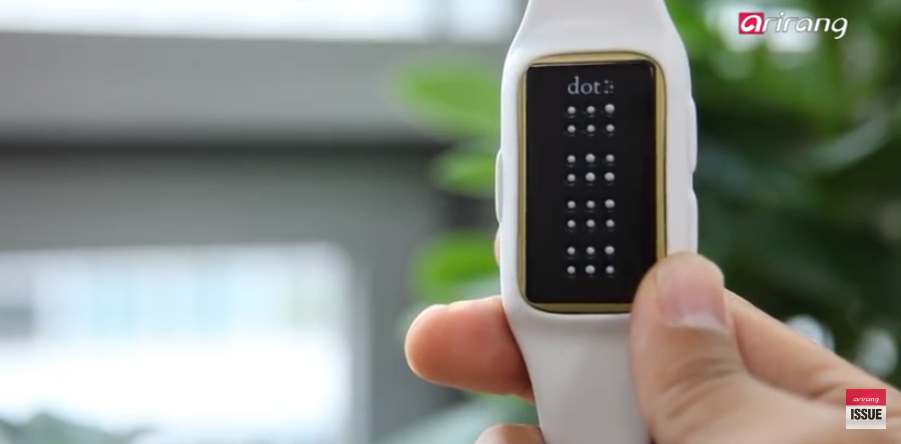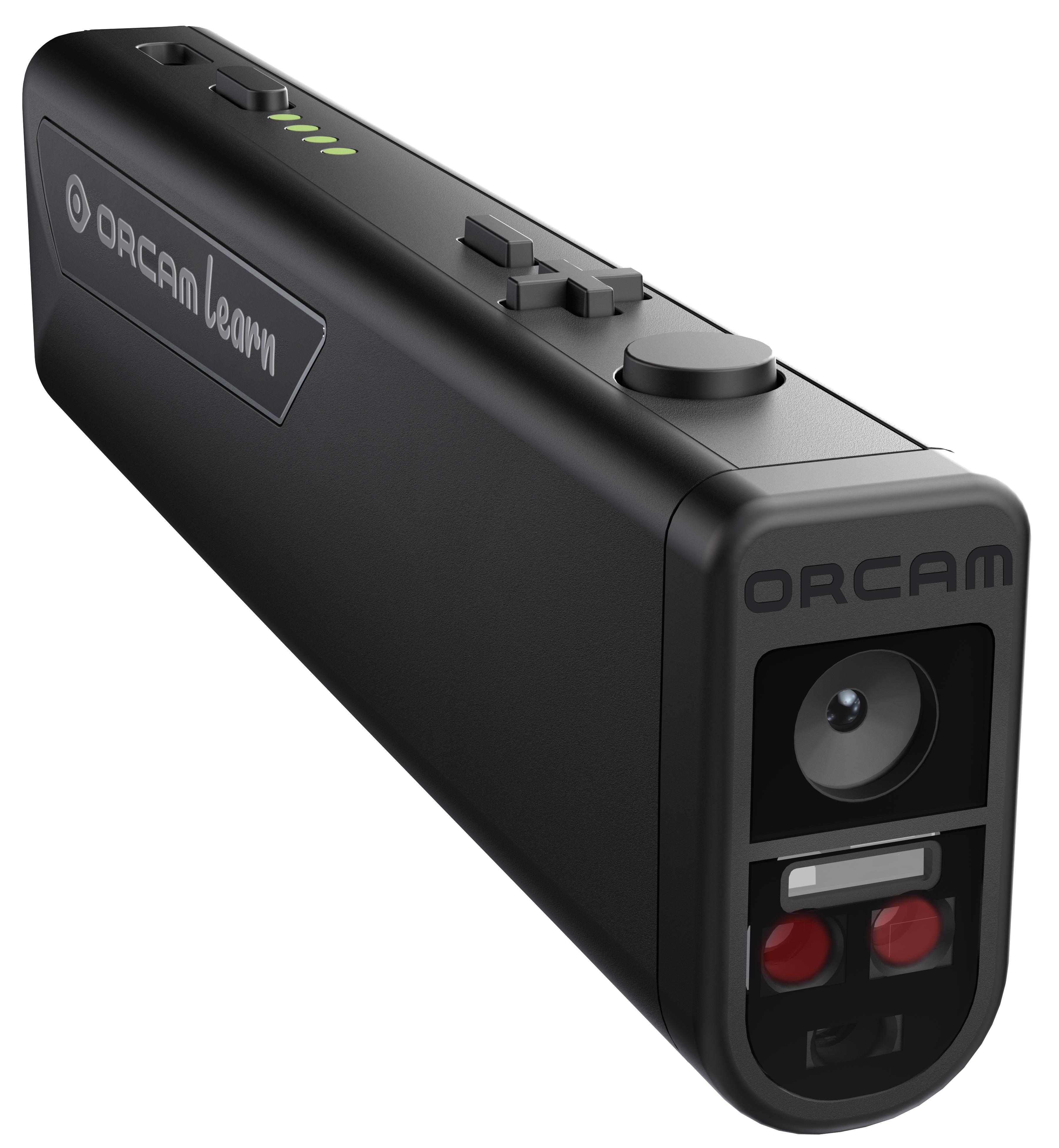Voice-Activated Assistive Devices: Simplifying Regular Tasks
Voice-Activated Assistive Devices: Simplifying Regular Tasks
Blog Article
Empowering Independence With Assistive Technology for the Blind
The assimilation of assistive innovation into the lives of people with aesthetic disabilities stands for a considerable improvement in advertising freedom and self-sufficiency. From cutting-edge display readers to advanced smart walking sticks, these devices not just enhance daily navigation and communication however likewise encourage customers to engage meaningfully in numerous elements of life. As we discover the myriad benefits and real-world applications of these technologies, it comes to be vital to analyze the underlying aspects that contribute to their efficiency and the capacity for future advancements in this important field.
Introduction of Assistive Modern Technology

The development of assistive technology is based in principles of inclusivity and empowerment. Technologies in software, equipment, and sensory improvements offer individuals with alternatives customized to their specific requirements. From screen visitors that transform message to speech, to responsive devices that communicate details via touch, these devices transform the means individuals engage with their surroundings.
In addition to functional applications, assistive innovation promotes better social addition and involvement in various markets, including education and employment (AI-powered visual aids). As research study and development remain to develop, the potential for assistive technology to better enhance the lives of aesthetically impaired individuals stays appealing, paving the means for a more equitable culture where everyone can thrive
Sorts Of Assistive Tools
A selection of assistive tools have emerged to support people with visual problems, each created to satisfy certain requirements and enhance day-to-day performance. These devices vary from low-tech remedies to high-tech innovations, supplying diverse alternatives for individuals.
Low-tech tools consist of magnifiers and large-print materials that assist in reading and writing. Braille tools, such as Braille stylus pens and slates, allow responsive analysis and communication. Alignment and movement aids, like white canes, assist users browse their setting safely.
On the greater end of the range, digital zoom systems and display viewers provide considerable support. Electronic magnifiers allow customers to increase the size of message and pictures on displays, while screen viewers transform electronic material into synthesized speech, promoting access to information on computer systems and smartphones.
Mobile phone applications likewise play a crucial function, supplying functions like text acknowledgment and navigating aid. Wearable modern technology, such as wise glasses geared up with augmented reality, is becoming a promising device to enhance situational understanding.
Benefits of Assistive Technology
The assimilation of assistive modern technology considerably improves the lifestyle for individuals with aesthetic problems. These technologies encourage users by advertising independence, allowing them to navigate their environments extra properly and perform daily jobs with better ease. As an example, display viewers and magnification software application permit people to accessibility electronic information, cultivating academic and specialist possibilities that may have previously been out of reach.
In addition, assistive tools such as clever canes and general practitioners applications offer real-time navigation This Site assistance, enhancing wheelchair and safety and security. This raised freedom not only improves self-confidence yet likewise urges social involvement, permitting customers to participate more completely in their communities.
Assistive technology also facilitates communication, assisting customers get in touch with others with voice recognition and text-to-speech applications. This ability is crucial for keeping partnerships and accessing crucial info.
In addition, the personalization options readily available with many assistive modern technologies make sure that individuals can customize devices to their specific demands, even more improving functionality and effectiveness. On the whole, the benefits of assistive innovation for individuals with aesthetic disabilities are profound, advertising an extra comprehensive culture where everyone can pursue their objectives and aspirations.
Study and Success Stories
Highlighting the transformative effect of assistive technology, numerous instance research studies highlight just how people with visual impairments have efficiently incorporated these tools into their every day lives. One engaging example includes an university student who utilized display analysis software program to navigate on the internet sources and academic materials efficiently. This technology not just facilitated her education however additionally enhanced her self-confidence in taking part in discussions and team tasks.
One more study features a specialist who uses a smart device application designed for navigation and object acknowledgment. By utilizing this app, he has restored freedom in both his personal and work atmospheres, enabling him to commute independently and engage with colleagues a lot more effectively.
In addition, a retired person shared her experience with braille e-readers, which enabled her to access a substantial variety of literary works and remain linked with her area through book clubs.
These success stories underscore the vital role of assistive technology in promoting freedom, improving high quality of life, and advertising social assimilation for individuals with aesthetic problems (Assistive technology for the blind). By accepting these ingenious devices, users can overcome difficulties and seize opportunities that add to their expert and individual satisfaction
%20(1).webp)
Future Fads in Assistive Technology
Advancement in assistive innovation is positioned to redefine the landscape of assistance for people with aesthetic problems. Emerging trends stress the assimilation of synthetic knowledge (AI) and artificial intelligence, which boost the capability of tools that aid with navigation and information accessibility. AI-driven applications are currently capable of translating aesthetic information in check this real-time, enabling users to involve with their atmosphere more independently.
Additionally, the development of wearable technology is advancing rapidly. Smart glasses geared up with augmented fact (AR) can provide audio summaries of surroundings, transforming how customers connect with public areas. These devices not only advertise freedom yet additionally foster social inclusion.
Furthermore, the Web of Things (IoT) is making homes smarter, enabling smooth connectivity in between assistive gadgets and daily devices. This connectivity encourages individuals by allowing automatic feedbacks and voice-activated controls customized to private needs.
Verdict
In conclusion, assistive modern technology plays a pivotal function in empowering people with aesthetic problems by boosting their freedom and involvement with their environments. The varied range of applications and gadgets offered not only promotes navigation and communication but additionally promotes social integration and chances for specialist and personal development. As developments proceed in this area, the potential for improving the lifestyle for those with aesthetic disabilities will expand, fostering greater freedom and empowerment.

Report this page